©Copyright 2018 GEOSCIENCE RESEARCH INSTITUTE
11060 Campus Street • Loma Linda, California 92350 • 909-558-4548

This series of educational, hands-on videos, produced by the NAD Department of Education in collaboration with GRI, is designed to engage academy students in creativity and learning.
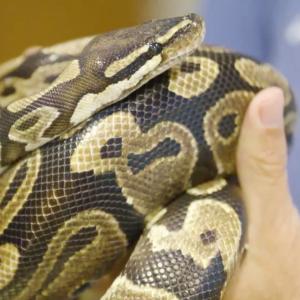
How to Get a Snake Bite
Drs Tim Standish, of the Geoscience Research Institute, and Bill Hayes of Loma Linda University get together with some snakes to explore why they are so important in ecology and why keeping one in biology classrooms is a great idea… if it is the right kind of snake.

Dinosaurs Skulls
How can you tell the difference between a dinosaur skeleton and skeletons from other reptiles? There are a number of important clues, but one is of particular importance, the number of holes in their skull and where they are located. In this video, we look at a real dinosaur and compare it’s diapsid skull with other kinds of reptile skulls.

Enzymes and Flatulence
It sounds terribly rude, but no one is immune from it, and flatulence is one of the many products of molecular machines called “enzymes.” The more we learn about these amazing submicroscopic machines, the more essential to life they appear to be and the more useful they become as tools in our day-to-day lives. You may want to watch this video alone and with the windows open.
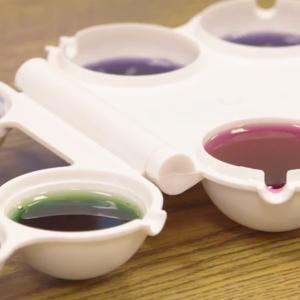
Pigments
Much of the color we enjoy is the result of pigments, which absorb some wavelengths of light while reflecting the wavelengths that we see. Where do they come from? What is their function? What tricks do they have that we can learn from and use? This video ends with a fun exercise that allows us to make our own work of art using plant pigments.
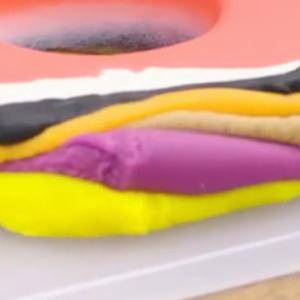
Solving a Fossil Mystery
Have you ever encountered someone who sees things that are not actually there? This can be a problem among those looking for dinosaur footprints. What one person thinks is a footprint might just seem like erosion on a rock to others. How can we tell the difference between “fake” and real dinosaur footprints? Watch to find out.
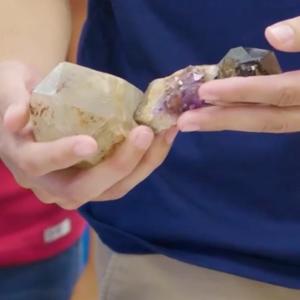
Identifying Different Kinds of Rocks
Dr. Tim Standish can’t tell the difference between cut glass and a diamond. Thankfully, he is joined in this video by three experts from the Department of Earth and Biological Sciences at Loma Linda University. Maria, Luiz and Mateo share quick and easy ways to identify different kinds of rock, even cubic zircons and diamonds.

Seeing Isn't Believing
Dr. Standish almost miraculously turns himself into “Timothy the Amazing” to bamboozle people with simple magic tricks demonstrating that science isn’t only about “data,” it is also about logic and worldviews. Because of this, it isn’t surprising that different scientists can look at the same data and interpret it in very different ways. How can you decide which, of multiple interpretations, is the correct one?
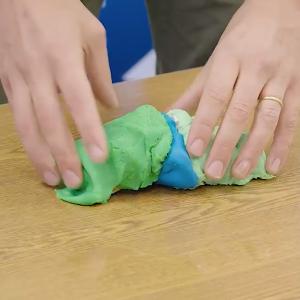
How to Catch a Fossil
Dr. Ronny Nalin explains why we find marine fossils both on flat areas of the continents and in the highest mountains, including Mt. Everest. What mechanisms produce such different results?